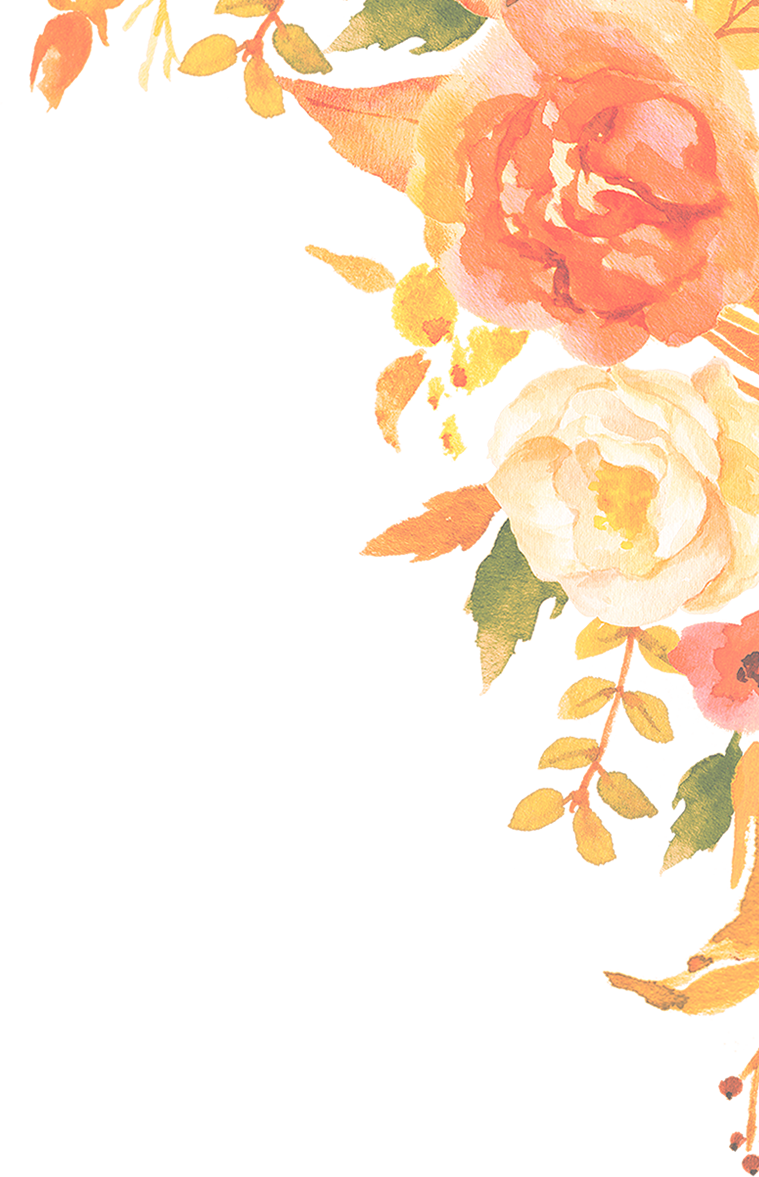



I simply enjoyed every activity and every week. All opened my eyes to a bigger, brighter world with loads more opportunities.
-PAST CLIENT
Last week we began to consider how we can use memory to increase our psychological wellbeing. Of course memory processes are highly complex. Last week we found that our mood influences the breadth of information entering our initial memory system, as well as our ability and accuracy in recalling data and experiences. It turns out that we also have memory biases, which impact the stages of consolidation and storage, which lie in between perception and recalling.
According to Diener and Biswas-Diener, our memory biases lend us a tendency to over-emphasise and remember the best and the last moments of an experience. Thus our memories do not match events because we slightly distort them by emphasising certain aspects.1
Overall, Bradley, Greenwald, Petry and Lang found that participants who were shown pictures could recall them better immediately and one year later if the images had evoked an emotional impact on them.2 However, in some people, the working memory suffers due to conditions such as brain damage, ageing, depression or childhood trauma, leaving them with overly general memories, Blagov and Singer write. When individuals have overly generalised memories, it can be due to a defensive mechanism, which represses strong emotional responses that arise from trauma.3
This was definitely true for me; my childhood memories were very blurred and only a few years ago, I could not remember much specifically. Now they are starting to arise. For example, I recently remembered the incident of the mother sow. The farmer who owned our farmhouse used the attached barn to occasionally keep a few animals, as well as a wonderful haystack and a heap of dusty tools. One year he kept a huge pregnant sow in the stable. Coming home from school one day daydreaming, I suddenly saw this huge sow turning the bend of our house, heading straight in my direction. In panic, I fled to our gate and just managed to slam it behind me. The farmer, brandishing a stick, just laughed at me. From that day on, I was always worried that it might be the sow’s exercise day. During a visit from my grandmother the farmer invited us all to see the piglets the sow had given birth to. We all went, but I hung around the back whilst everyone crowded in front of the wooden gate. My grandmother, who was an earnest and not usually playful person, exclaimed that she loved the piglets, and laughingly petted one the farmer held up. I could not see a thing, but suddenly there was a big scream. The mother sow had charged at my grandmother, and had ripped her stocking. Later, my grandmother was still chuckling as she sat in the sun mending the stocking, which of course had to be done since she could not ride the train back home with a big hole in it.
It is perhaps no great surprise that happy people prefer to recall happy memories rather than sad ones. Liberman, Boehm, Lyubomirsky and Ross found that most participants in their study had a preference for thinking about memories that made them feel happy. However, the participants who had rated themselves as ‘very happy’ declared gaining joy from recalling positive experiences in their past much more frequently than did people in the ‘moderately happy’ or ‘unhappy’ categories. And those who stated that they thought back and felt affected by negative experiences found themselves in the latter two groups. Further, people whose most vivid memories were happy ones were significantly higher in self rated happiness, and those whose most vivid memories were negative were significantly less happy.4
Lyubomirsky points out that “happy and unhappy individuals interpret, remember, and indeed experience both real and hypothetical life events in a way that serves to reinforce their respective affective dispositions” (which means their emotional inclinations). In one study she found that ‘very happy’ and ‘unhappy’ individuals in fact experienced similar positive and negative life events. However, down the track the ‘very happy’ participants were shown to recall and think about the same events in a more favourable light than did ‘unhappy’ individuals. The ‘very happy’ ones had adapted to events, giving them, for example, a humorous angle, stating they had learned something, or stressing that things had recently improved. Thus, Lyubormirsky concludes, the positive way in which ‘very happy’ individuals perceive and evaluate their life experiences potentially reinforces, preserves, and even promotes their happiness. The flipside of this is that unhappy people, who are more likely to dwell on ambiguous or negative experiences (the previously discussed nasty habit of rumination), frequently lack the will to re-frame negative life experiences in a more favourable light. Yet it is the exactly this ability to re-construct events positively that has such a beneficial influence on happiness.5
According to Foland-Ross, Cooney, Joorman, Henry and Gotlib, non-depressed and depressed people do not differ much in the way they become sad. The difference is that people with a history of depression tend to be unable to repair their moods once they are sad. Evidence for this could be observed in the brain, according Foland-Ross and her colleagues. In individuals with a history of depression, the activation of the brain processes involved in retrieving good memories from their past appears to be ‘faulty’. This dysfunction potentially contributes to their depressed moods and relapses, the researchers conclude.6
So where does that leave those with a history of depression, who cannot come up with good memories, or whose most vivid memories are sad or shocking ones? First of all anyone who knows or suspects that they have experienced trauma potentially needs a professional counsellor or psychologist to help “unbury” and heal these memories. We all accumulate scars in our lives, however, some people’s cuts are deeper than others’, and wounds sustained in childhood can hold emotional power over us without our conscious recall of the causes. Traumatic and buried memories we cannot face on our own, and our friends and family may not be able to handle them. I certainly can only remember them now because of a brilliant psychotherapist and a number of dedicated counsellors.
Reclaiming our autobiographical memory is important. We greatly benefit from having a narrative of our life experiences that we can understand and which has meaning. For some, weaving such a life story is easier than it is for others. Nevertheless, mastering the ability to remember and mentally picture more positive autobiographical memories is a very powerful way of becoming and staying psychologically well.7
© Natalie Lydia Barker 2015
Notes
No Comments